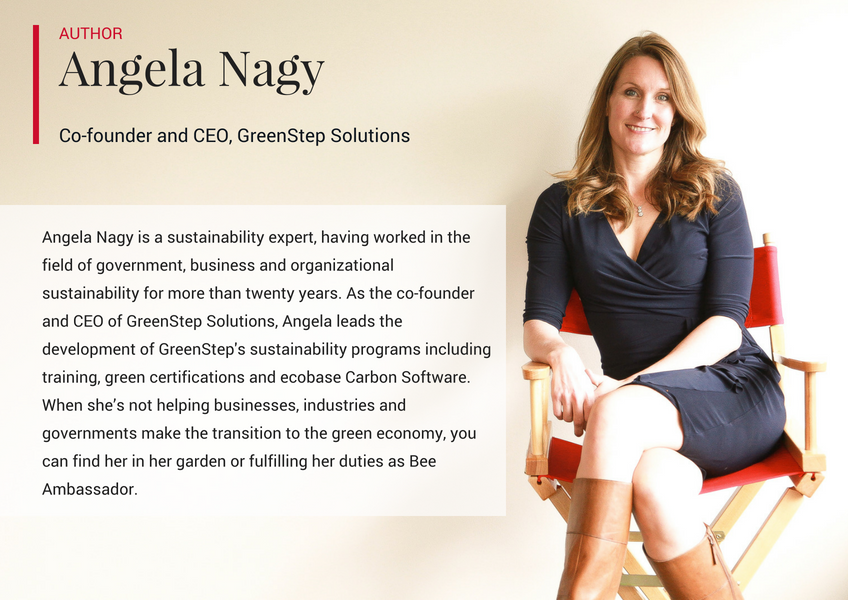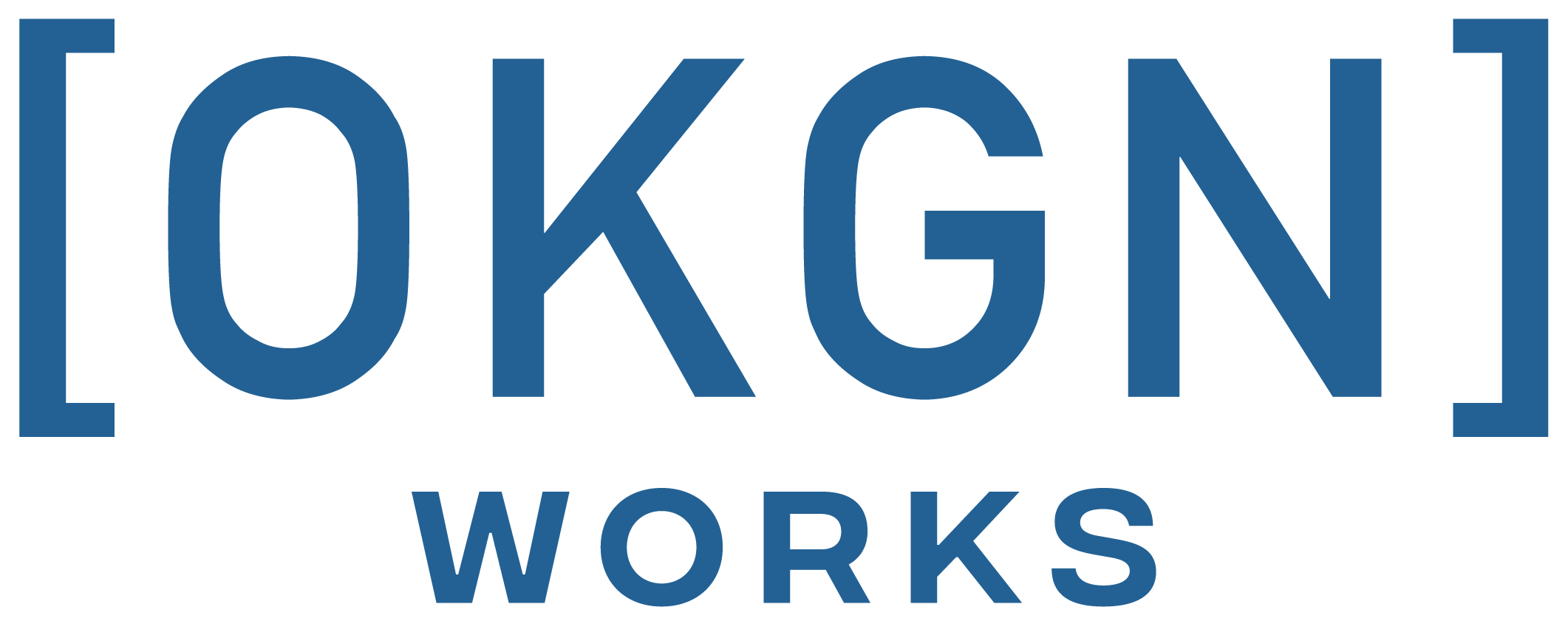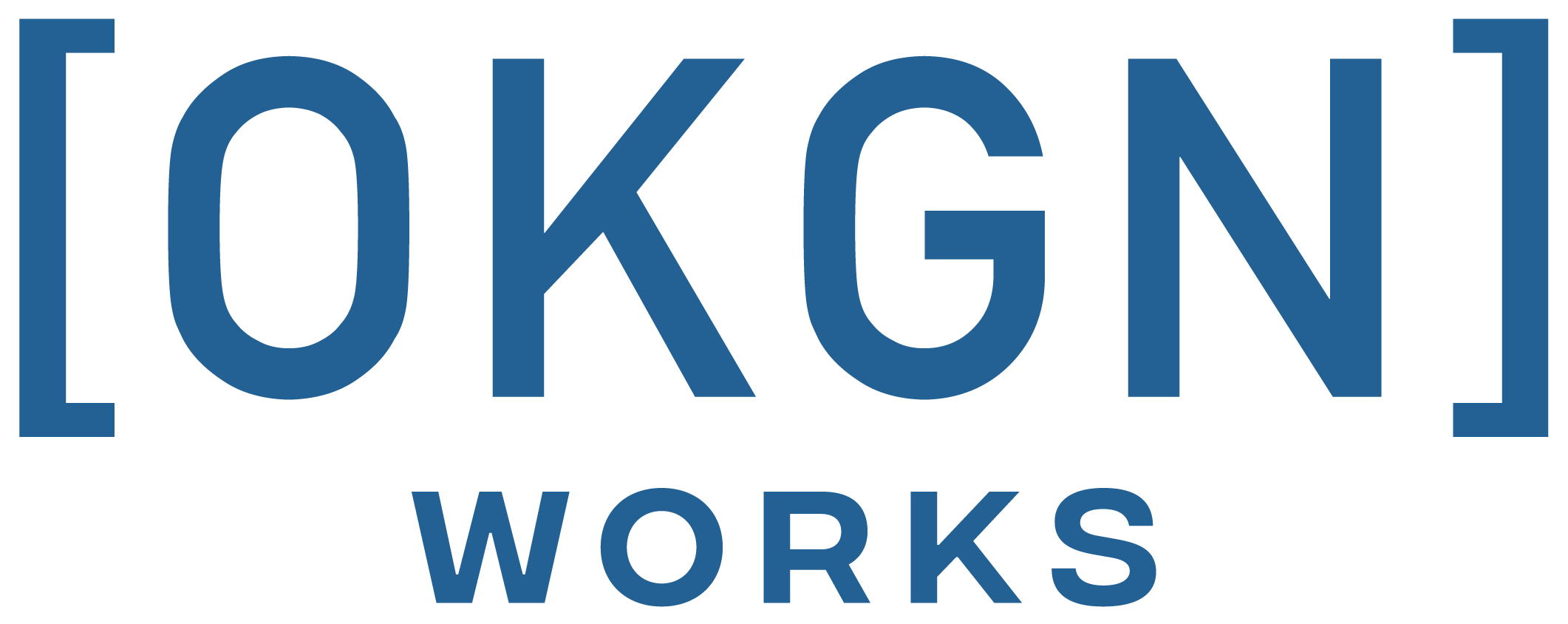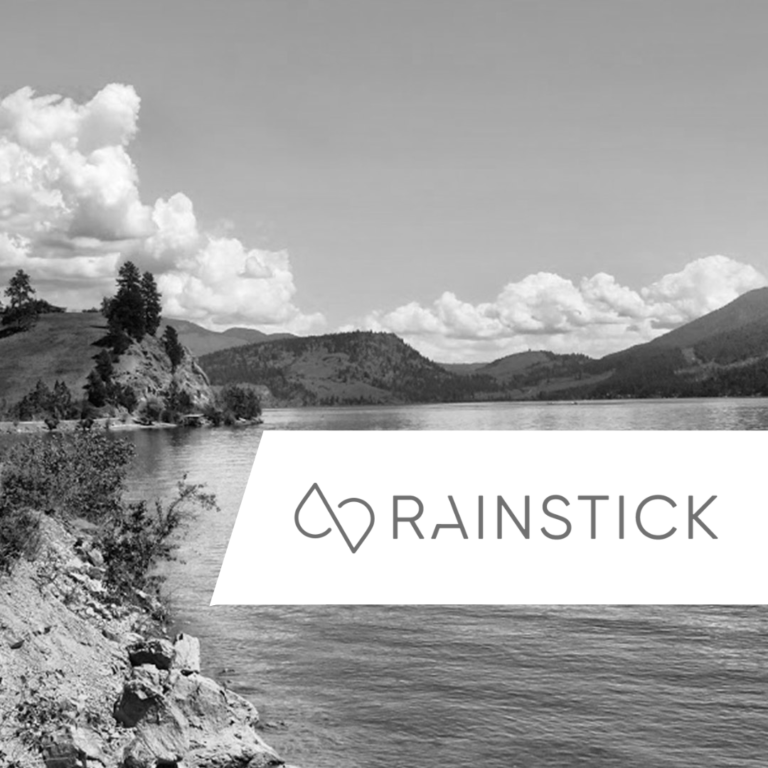Top 12 Ways to Apply Clean and Green Tech in Your Business
In the face of rising energy costs, carbon prices, and all the smoke we’ve experienced this summer, saving money on energy and doing something about climate change has been a big topic of discussion! However, with a myriad of green technology options, many businesses either don’t know where to start, feel that they don’t have the time to figure it all out, or think it’s going to cost too much, so they never really get around to it.
Not only is this lack of action costing many businesses thousands or tens of thousands of dollars per year in wasted energy, it’s also contributing to the negative impacts of climate change, which in turn negatively impacts businesses, and our health. It’s a vicious cycle.
The reality is, integrating clean and green technology into existing businesses will save money. Lots of money. I’m not going to tell you to get solar panels or a windmill (but I’ll be sure to discuss those in a future article), because there are multiple clean and green technologies that are “low-hanging fruit,” i.e. low-cost, or even no-cost actions that almost any business can take to cut costs.
Here are the top 12 recommendations we make for businesses wanting to reduce their energy consumption, reduce their carbon footprint, and save money by going green. These same ideas can be applied to homes with great results.
1. Develop an Energy Management Program (it’s free)!
While not really a clean or green technology, an energy management program is simply a series of procedures and protocols that employees follow to help minimize energy consumption using their existing technology. No matter how big or small the office or building might be, businesses can create an energy management plan. It may include items such as:
-
Keeping lights off in rooms and common areas where natural daylight provides sufficient lighting
-
Power down office equipment at night individually or on power bars
-
Close blinds or drapes in unoccupied rooms, keeping rooms cooler in the summer and warmer in the winter. In common areas, keep blinds or draperies closed during the hottest times of day and open in the evenings during the summer, and closed at night during cooler weather, where appropriate.
-
Set or manually turn thermostats to predetermined seasonal and daily set-points, ideally 23C in the summer and 18C in the winter and adjust these up or down based on when people leave at night and return in the morning.
2. Use low energy lighting
Skip the CFLs and go straight for the LEDs. Not only are LEDs up to 90% more efficient than incandescent lights and 30% more efficient than CFLs, they last longer than both varieties – between 10 to 25 years, providing significant savings on labour costs. Whether investing in a major LED retrofit, or simply replacing them as they burn out, this is one of the simplest and most cost-effective ways to reduce energy costs. Be sure to buy bulbs from a reputable dealer and look for CSA approval and an Energy Star rating. Cheaper imported bulbs might seem like a better deal, but they often don’t last or look as nice. Also, pay attention to colour temperature (i.e. cool or warm light), and lumen output to ensure the right bulbs are selected for the right spaces.
3. Install Sensors and Controls
Sensors and controls are a step-up from a basic energy management program which depends on human behaviour to make it work, to one that is run by technology. The most common and cost-effective systems are photosensors for indoor and outdoor lighting, controlling lights based on the levels of natural light available, and occupancy sensors for less-occupied rooms to control both lighting as well as heating and cooling. When a room is unoccupied the lights automatically turn out and the temperature can return to a programmed set-point, typically 23C in the summer and 18C in the winter and adjusted for variances in daily and weekly building occupancy.
4. Energy Efficient Appliances & Equipment
When it comes to appliances and office equipment, spending a little extra on a high efficiency, Energy Star rated products can result in significant savings, up to 50% when replacing old equipment. It’s a wonder not all appliances are required to be Energy Star rated! Refrigerators and freezers, dishwashers, televisions, and washing machines, printers, computers and more, are all appliances that should be purchased in the highest Energy Star rating available.
6. Hot Water Tanks
Similar to appliances, a high-efficiency hot water tank can add up to big savings. If it doesn’t need to be replaced yet, insulate! An un-insulated or poorly insulated hot water tank wastes energy. It should be insulated to least 50mm/2”. Pipes should also be well insulated to reduce heat losses.
A clean and green alternative to a hot water tank is an instant on-demand system that produces hot water instantly when required. There are no heat losses associated with storing hot water. On-demand systems are available in both electric and natural gas models.
7. High-Efficiency Boilers
A boiler is responsible for providing heating and hot water. Given a cool climate in Canada, its efficiency is an important cost as well as an environmental impact. A boiler’s efficiency is measured by how much of the fuel it burns is converted into useful heat. Modern condensing boilers are the most efficient and are recommended for fossil fuels. They can achieve efficiencies of over 90%.
Biomass boilers are a clean technology also of growing value and can be very practical in areas where there is a readily available waste wood fuel supply or other feedstock. Care should be employed to ensure feedstock is dry to ensure the fuel provides maximum calorific value. A biomass boiler using wood pellets or other renewable fuel supply should have an efficiency of above 80%.
8. Heat Recovery
Heat recovery units extract waste heat from ventilation and refrigeration systems, typically in swimming pools, kitchens, bathrooms and toilets. By using a simple cross-flow heat exchanger, they can recover heat that would normally be lost. Units range from whole-building systems to smaller exchangers for individual extractors.
9. Roof Insulation
Approximately 20% of a building’s heat loss is through the roof space, and sufficient loft insulation can significantly reduce energy consumption in heating, particularly in older, poorly insulated buildings. Contact a local insulation company for an evaluation and estimate to determine the current insulation value of your roof and what improvements are possible.
10. Glazing and Draught Proofing
Approximately 15% of a building’s heat loss is through windows and glazing. Secondary, double or better glazing will save energy. If these options are not feasible, use blinds and heavy curtains, and implement an energy management program. Draughts from doors and windows also cause heat loss so it’s important to ensure that windows and doors are properly sealed. Caulking and weather stripping is relatively inexpensive, but the savings can be significant.
11. Variable Frequency Drives and Inverters
Over recent years there have been technology improvements to motors which allow them to operate at variable frequencies and in so doing draw less power. Often called inverters, these motor controllers reduce power consumption by 15-30%. Talk to an HVAC company or engineers about what options might be available.
12. Renewable Energy Systems
Unless all of the above recommendations have already been tackled, we don’t usually start off recommending renewable energy such as solar, wind or geothermal as a first step. Not that we don’t think these systems are super-cool, but there are usually better returns on investment from tackling some or all of the previous items first. By this time, the energy demand of a building will have been reduced significantly, improving the payback and ROI of an overall energy efficiency and renewable energy program.
Where to Start?
Look at this top 12 list in order and tackle the first one or two areas that haven’t been completed, and get started!







